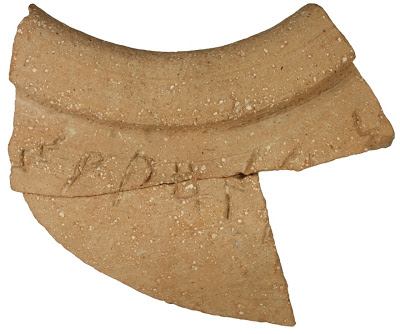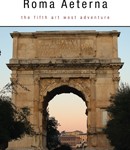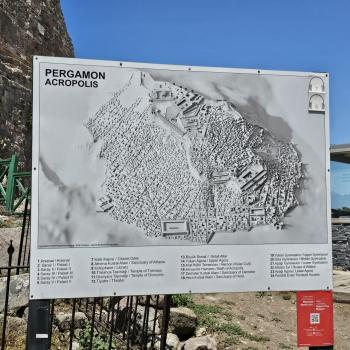Not infrequently you will hear scholars talk about the ‘well assured results of critical scholarship’. Any time you hear that phrase you should pay very close attention to what follows it, and the claims that are being made. For example, some scholars have argued that we have no real evidence of literacy or more specifically of Hebrew literacy from as early as the time of King David (10 century B.C.). I think we do have such evidence, for example, from the scepter pomegranate discussed in BAR some years ago. But now we have another kind of evidence.
At the dig at the Ophel (the northern part of the city of David which is south of the Temple Mount) Eiliat Mazar has found something important. You can see it in the picture above. What we are talking about is an inscription on a neckless pithos jar, one of six found at this dig.
Here is an excerpt from Matthew Kalman’s article on the find which he kindly sent me….
“The inscription is engraved in a proto-Canaanite / early Canaanite script of the eleventh-to-tenth centuries BCE, which pre-dates the Israelite rule and the prevalence of Hebrew script.
Reading from left to right, the text contains a combination of letters approximately 2.5 cm tall, which translate to m, q, p, h,n, (possibly) l, and n. Since this combination of letters has no meaning in known west-Semitic languages, the inscription’s meaning is unknown.
Dated to the 10th century BCE, the artifact predates by 250 the earliest known Hebrew inscription from Jerusalem, which is from the period of King Hezekiah at the end of the 8th century BCE.”













